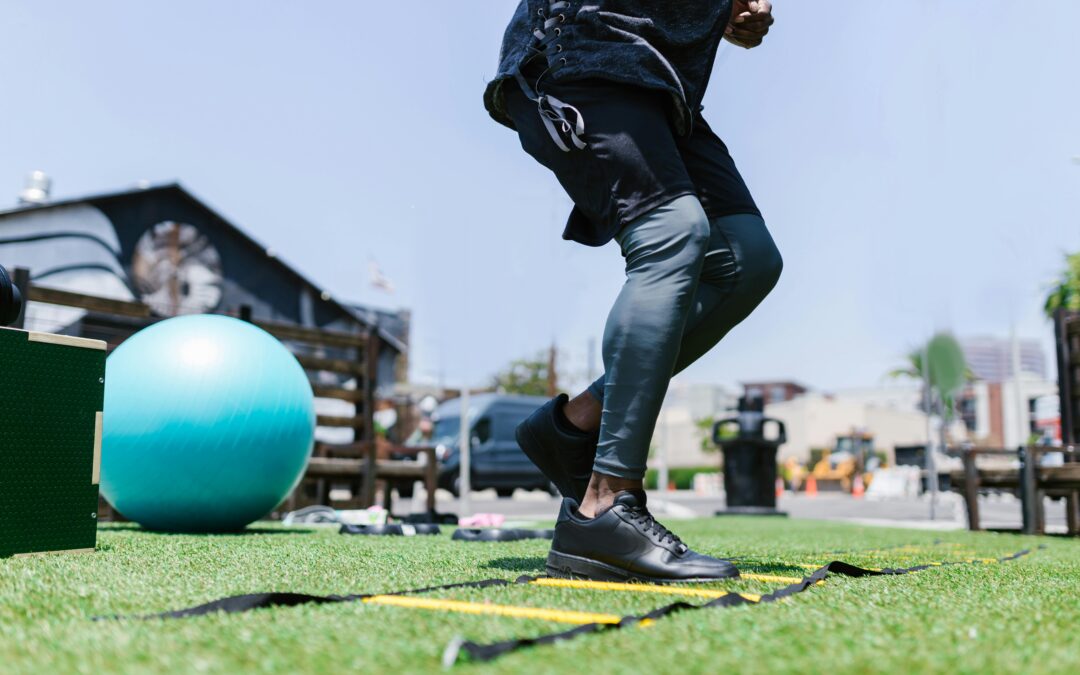
One type of exercise that should be a staple for injury prevention programs is those relying on eccentric muscle actions. But what are eccentric muscle actions and why are they so beneficial?
Eccentric muscle contractions refer to those muscle actions that involve lengthening of the muscle. During eccentric contractions, the muscle fibers get longer, and the ends of the fibers move farther apart. It is easiest to think of eccentric muscle contractions as resisting movement.
Landing from a jump is almost entirely eccentric in nature as is the downward movement phase of the Nordic Hamstring Curl. But eccentric muscle contractions also occur when running, sprinting, and changing direction.
By performing eccentric muscle contractions, we injury proof the muscles by improving their tolerance to that activity. In addition, decelerating (or slowing down) is also improved from both performance and control perspectives. Most sports involve repeated bouts of stopping, starting, slowing down, and changing direction. During those stops and changes of direction, the involved muscles act eccentrically to slow—and stop—the athlete’s motion before acting concentrically to begin moving again.
Throwing a baseball or softball also requires eccentric muscle action. Once the ball has been released, the muscles on the posterior aspect of the shoulder act eccentrically to slow down the momentum of the arm.
Each of our injury prevention programs includes exercises that have a heavy eccentric contraction bias. We believe this is necessary to appropriately prepare you for activity with the lowest risk of injury possible.






0 Comments